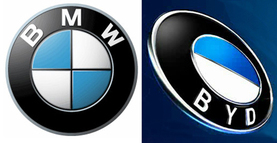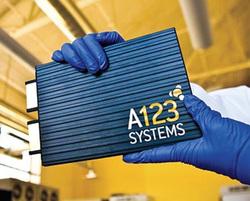The Iconic Ypsilanti “Bomber Plant” may end up Manufacturing Chinese Copycat Cars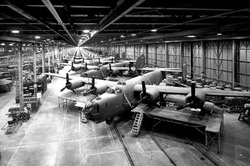
According to a story reported by the Detroit Free Press and AnnArbor.com the historic Bomber Plant may be bought by a Grosse Pointe Farms developer, A.E. Equities Group Holdings, who then plans to lease part of it to Chinese automaker BYD for a solar panel and battery assembly plant
AnnArbor.com Article Freep.com Article Completed in 1941, the Willow Run Bomber plant was the largest factory in the world under a single roof.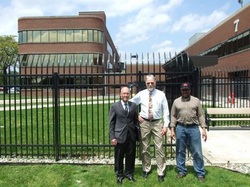
Henry Ford had accepted the challenge to build airplanes much in the same manner as auto production. This would not only facilitate faster production but interchangeable parts. This type of airplane manufacturing was unheard of at the time. The total number of B-24s built at Willow Run was 8,685 and during peak production in early 1944, one bomber per hour was produced.
There was such an influx of people from the south to work building bombers Willow Run Village was built.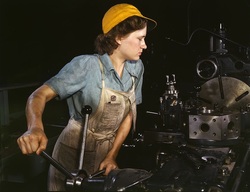
This village provided everything: theaters, recreation halls, stores, gas stations, barber shops, the works.
The dorms were large two story buildings with small cubicle rooms. The dorms had both male and female residents, which was almost unheard of at the time. Often times these rooms were shared by people on different shifts so when one occupant worked the other slept. The saying was that most of these beds never got cold. The term "Rosie the Riveter" was first used in 1942 in a song of the same name written by Redd Evans and John Jacob Loeb. Real-life Rosie the Riveters took on male dominated trades during World War II, including, at the Bomber Plant. This icon of American WWII history may end up in the hands of a Chinese automobile, battery and solar panel manufacturer, who is best known for copying technology and styling from Japanese, American and European automobile manufactures.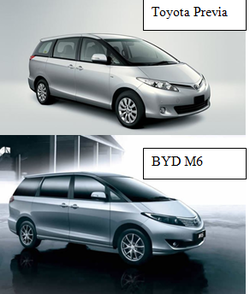
Unlike American Automakers with a century of manufacturing heritage, BYD was founded in 1995 in Hong Kong, as a manufacturer of rechargeable batteries. In 2003, BYD became the second-largest manufacturer of such batteries.
BYD manufactured their first car in just 2003, and in late 2008 they launched their first hybrid cars, the F3 DM and the F6 DM. In this case the letters DM stands for Dual Mode. With the fully-electric e6, BYD is ambitiously embarking on hybrid and electric vehicle manufacture in China. Billionaire investor, Warren Buffet, bought a 10% stake in BYD in 2008 for Berkshire Hathaway.
|
BYD has been the fastest growing Chinese car company but recently it has struggled financially. Berkshire Hathaway’s $232 million investment in Shenzhen-based BYD grew 10-fold in a little over a year and was worth about $2.5 billion by October. That stake is now valued at about $1.6 billion after BYD’s shares plunged 21 percent this year. Sales at the company, the fastest-growing carmaker in China during 2009, fell 19 percent in August 2010, while rivals Dongfeng Motor Group, General Motors and SAIC Motor Corp. each gained at least 19 percent. BYD saw first-quarter 2011 profit shrink 84 percent due to increasing costs and falling auto sales.
Everyone knows BYD Auto is in trouble–except, apparently, the most successful investor and entrepreneur in today’s world. These signs are just too ugly to ignore.
In 2009, BYD took a first step in establishing its solar cell / solar panel manufacturing base. BYD’s first solar factory is based in Shangluo City, South Shaanxi province. After a first investment of CNY 500 million, BYD’s annual production capacity is estimated at 100MW. However BYD didn’t enter the solar industry with the intentions to remain a medium size manufacturer. Early 2010 Chinese media reported that BYD made a huge investment in crystalline silicon (c-Si) solar cell manufacturing. The goal is to build manufacturing facilities of five gigawatts of annual capacity by 2015. BYD is investing well over $3.3 billion (To put these plans in perspective: the current largest pv manufacturer Suntech Power is expanding its solar cell and module capacity to a targeted 1.4 gigawatts by mid-2010). If BYD takes over the Bomber Plant and moves production of batteries and solar panels to Michigan, who is likely to suffer? A123 Systems is based on Lithium Ion battery technology developed at MIT with large production facilities in Michigan. A123 has one plant running in Novi, MI, (northwest of Detroit) and there is a second, larger, 300,000 square facility in Livonia, MI. A third factory – similar in size to the Livonia plant – will begin construction later this year.
|
